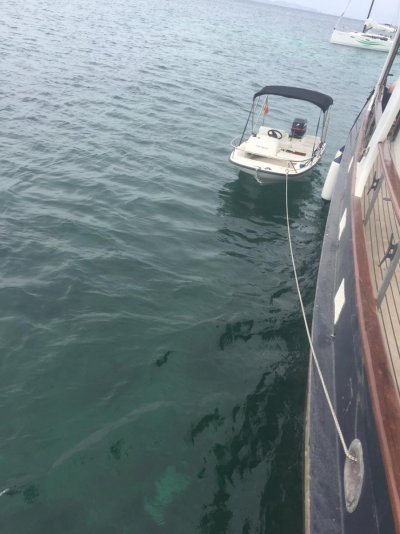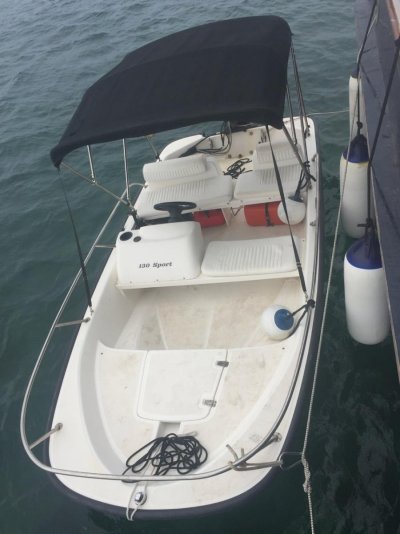Xlantic
Guru
We also tow a 13' Whaler, with a 40 hp motor.
We tow it on an nylon bridle and a 5/8" polypropylene line 75' long. We have had no issues towing it although we nave not experienced this in challenging weather.
For anchoring and tying side-to a dock we tie up the Whaler "on the hip" as shown in the photographs below. Tied-up in this fashion allows to travel at idle speed and manoeuvre without issue.
We also board and un-board from the tender in that position via the mother ship's swim platform.
We tow it on an nylon bridle and a 5/8" polypropylene line 75' long. We have had no issues towing it although we nave not experienced this in challenging weather.
For anchoring and tying side-to a dock we tie up the Whaler "on the hip" as shown in the photographs below. Tied-up in this fashion allows to travel at idle speed and manoeuvre without issue.
We also board and un-board from the tender in that position via the mother ship's swim platform.


